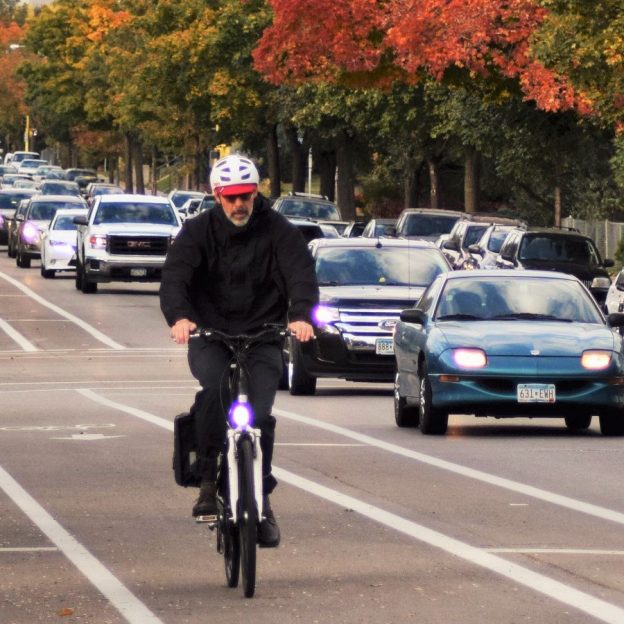Tag: neon colored clothing
-

Five helpful tips for a memorable fall bike ride
Biking in the fall can present numerous challenges, yet it can also be very gratifying. For some, the bicycle season may be coming to a close. In contrast, many others wish to continue exploring the incredible autumn landscape on their favorite mode of transportation: the bike. Pedaling along the colorful autumn roads or trails is…
